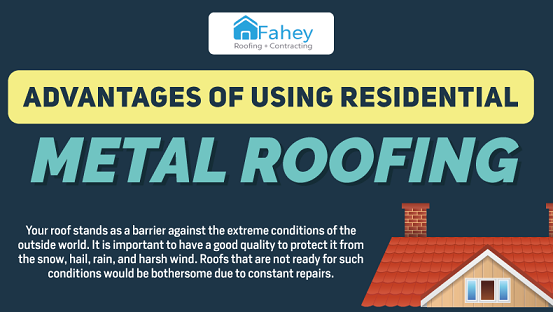Start Your Transition To Solar Energy Utilizing Our Detailed Guide, And Gain Important Understanding That Might Substantially Modify Your Home's Energy Intake
Start Your Transition To Solar Energy Utilizing Our Detailed Guide, And Gain Important Understanding That Might Substantially Modify Your Home's Energy Intake
Blog Article
how long do residential solar panels last By-Koch Boykin
If you're considering going solar, it's important to approach the process with a clear plan. Begin by understanding your power needs and how they may change in the future. After that, you'll intend to discover the numerous solar systems offered to discover the very best fit for your home. As soon as you have an understanding on that, financing your setup ends up being the following essential action. However what should you keep in mind as you move on?
Assessing Your Power Needs and Objectives
How can you identify the ideal solar solution for your home? Beginning by evaluating your current power intake. Take a look at your energy bills over the past year to recognize patterns in usage.
Next off, consider your objectives. Do you intend to minimize your electrical energy prices, increase power freedom, or minimize your carbon impact?
As soon as you have actually pinpointed your purposes, consider your home's certain attributes, like its roof covering size and orientation. This'll help you approximate how much solar power you can harness.
In addition, factor in future energy requirements, such as potential home developments or the addition of electrical lorries.
Picking the Right Solar System
When it pertains to selecting the right planetary system for your home, where do you begin? First, consider your energy needs. Review your previous energy expenses to figure out how much power you eat.
Next off, consider the system type that matches your way of life: grid-tied, off-grid, or crossbreed. Grid-tied systems are popular for their cost-effectiveness, while off-grid systems provide freedom.
Then, review the solar panel types-- monocrystalline, polycrystalline, or thin-film-- based upon effectiveness and budget plan.
Don't forget to factor in your roofing's alignment and shading, as these affect system performance.
Ultimately, research study credible solar installers in your location, checked out evaluations, and request for quotes. Picking the best system sets the structure for your solar journey and future energy savings.
Financing Your Solar Setup
While navigating the course to solar power, understanding your financing choices is important for making a notified choice. You have actually got a few options to think about: cash money purchases, loans, and leases.
If see page can pay in advance, you'll conserve the most with time. Nevertheless, if cash flow is a problem, solar car loans can aid spread the expense over a number of years while still enabling you to take advantage of motivations.
Leasing uses a reduced upfront cost yet may limit your cost savings. Do not forget offered tax credit ratings and rebates that can dramatically lower your overall expenditure.
Take some time to research study and contrast different funding alternatives to find what suits your budget and lasting objectives best. Your solar journey begins with clever economic planning!
Conclusion
By following this step-by-step overview, you're well on your way to going solar and accepting renewable resource. Beginning by evaluating your power requirements and selecting the appropriate system that fits your lifestyle. Do not forget to explore funding choices that make good sense for you. With the best planning and recurring maintenance, your solar journey will not just benefit your home yet also add positively to the setting. Get ready to take pleasure in the cost savings and sustainability that solar power brings!
